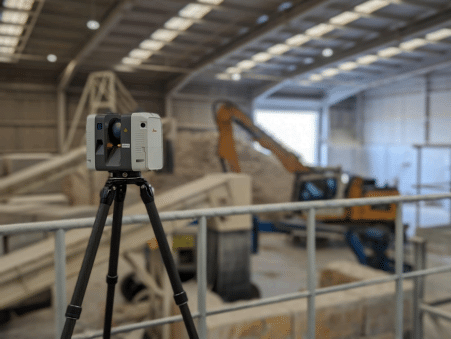Clean drinking water is the right of every human being. However, sometimes our drinking water pipelines go awry and inflow contaminated water through them.
The plumbers in Hoppers Crossing install backflow prevention to avoid such a situation so we can access clean drinking water. The sole job of a backflow preventer is to bar contaminated water from flowing back into the pipes and spoiling the drinking water.
In this article, we will learn more about the backflow preventer and how the plumbers in Melbourne install it for the best protection. Keep reading to learn more-
Table of Contents
What Is Water Backflow?
Backflow is the reverse flow of water or other substances from a non-potable source, such as a sewer or a contaminated storage tank, into the potable water supply system.
How Does Backflow Occur in Plumbing Systems?
Backflow can occur when there is a drop in pressure in the water supply system, which can cause water to flow backwards in the pipes and bring with it contaminants that can pose a health risk.
It can occur in plumbing systems when there is a cross-connection between the potable water supply and a non-potable source. Cross-connections can happen in many ways, such as when a garden hose is in a swimming pool or when a chemical sprayer connects to a hose and then attached to the potable water supply.
What Are the Types of Backflow?
There are two types of water backflow. These are back pressure and back siphonage. Backpressure occurs when there is higher pressure in the non-potable source than in the potable water supply system, which can force the contaminated water back into the potable water supply.
Backsiphonage, on the other hand, occurs when there is a vacuum or negative pressure in the potable water supply system, which can cause water to be drawn back into the system from the non-potable source.
The best plumbing services install backflow prevention devices at cross-connections to prevent backflow in plumbing systems. These devices allow water to flow in one direction only and prevent backflow from occurring. The type of backflow prevention device required will depend on the level of hazard posed by the non-potable source and the specific plumbing system.
Installing backflow prevention will only be a long-lasting solution if you frequently maintain the device. Regular maintenance and testing of backflow prevention devices through emergency plumber services are crucial to ensure they function correctly and protect the potable water supply from contamination.
What Are the Potential Health Hazards of Plumbing Backflow?
Backflow can contaminate the potable water supply with harmful substances like bacteria, viruses, and chemicals. It can pose serious health risks to anyone who consumes contaminated water.
In extreme cases, backflow can lead to outbreaks of waterborne illnesses that can affect entire communities. Therefore approaching a plumber in Hoppers Crossing for backflow preventer installation becomes imperative.
How Backflow Prevention Devices Work and the Different Types Available?
Backflow prevention devices prevent non-potable water from flowing into the main potable water supply. Several backflow prevention devices include air gaps, check valves, and reduced pressure zone (RPZ) assemblies. Air gaps are the simplest and most reliable type of backflow prevention device, while RPZ assemblies are the most complex and provide the highest level of protection.
What Are the Benefits of Installing a Backflow Preventer?
The benefits of investing in a backflow prevention system are immense. It protects your health, prevents property damage, ensures water quality and many more things. Below is a detailed explanation of the advantages of backflow preventers-
Protecting public health
Backflow preventers prevent the contamination of potable water supplies with non-potable substances, which can pose a severe risk to public health. Investing in a backflow preventer can help ensure that the water from your taps is safe and free from harmful contaminants.
Complying with regulations
Many municipalities and jurisdictions require the installation of backflow preventers to protect the public water supply from contamination. Installing a backflow preventer through the best plumbing service ensures you comply with local regulations and avoid potential fines or penalties.
Reducing liability
In the event of a backflow incident, property owners can be held liable for any damages or injuries that result from contaminated water. Installing a backflow preventer can help protect yourself from potential legal liability.
Maintaining water quality
Even if the law doesn’t require installing a backflow preventer, investing in one can help preserve the quality of your water supply. By preventing the backflow of non-potable substances, you can help ensure that your water remains clean and safe for consumption.
Increasing property value
Installing a backflow preventer can be seen as a valuable investment in the eyes of potential buyers or tenants. By demonstrating your commitment to water quality and public health, you can increase the value of your property or attract higher-quality tenants.
What Are the Legal Requirements of Backflow Prevention?
Most jurisdictions require some level of backflow prevention in plumbing systems, and the specific requirements may depend on the location and type of building.
Some areas may need backflow prevention devices on all commercial and industrial properties, while others may only require them in specific high-risk applications. In every case, certified plumbers in Melbourne must install and test backflow prevention devices.
Summing Up
As you can see, installing a backflow preventer is a crucial step towards maintaining the health of your household. Therefore, you must approach seasoned plumbers, such as NLK Plumbing, to install a backflow preventer and ensure that you and your family are safe from waterborne diseases.





